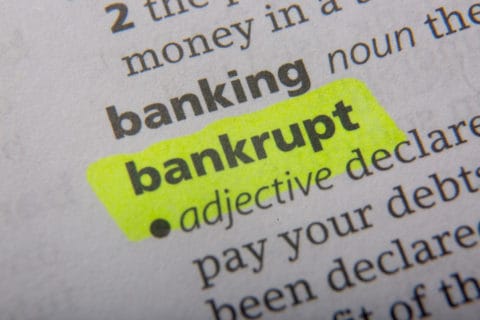Understanding the Role of the Case Trustee in a Chapter 7 Petition
When someone files for Chapter 7 bankruptcy, he or she must include schedules of assets and liabilities, a schedule of current income and expenditures, as well as a statement of his or her financial affairs. In addition, the debtor must provide his or her assigned bankruptcy trustee with a copy of the tax return or transcripts for the most recent tax year. As soon as the Chapter 7 petition is filed, the court will appoint an impartial bankruptcy trustee to oversee and administer the case.
Reviewing bankruptcy petition
Bankruptcy papers include information about debts, property and income. Not only do petitioners need to file this paperwork with the court, but also they need to provide the assigned bankruptcy trustee with their pay stubs, tax returns, and information about their assets. Once the trustee receives this information, he or she will review the petition to ensure that the information and calculations on the financial documents are correct.
Examining the bankruptcy filer under oath
About a month after the petition is filed, the debtor is required to attend a hearing in front of his or her assigned case trustee. This hearing is usually referred to as a 341(a) meeting of creditors, as the creditors are also free to attend and ask questions. The bankruptcy trustee conducts the hearing, asking any questions about the information contained in the bankruptcy documents. The petitioner is under oath when answering these questions.
Liquidating non-exempt assets
Chapter 7 bankruptcy does allow the debtor to keep a certain amount of property, but he or she must surrender non-exempt assets to the trustee. The bankruptcy trustee will then sell the nonexempt assets in order to pay back a portion of the owed debt.
Cutler & Associates, Ltd. has more than 25 years of consumer bankruptcy experience in the Aurora area.

